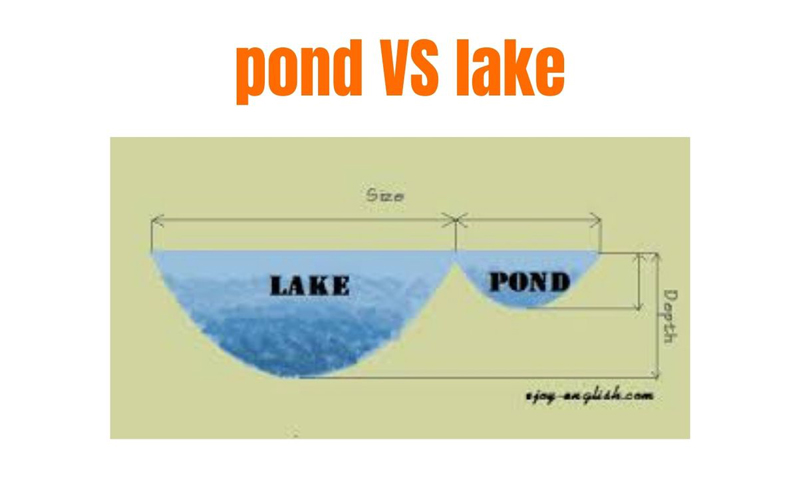Building a stationary dock in a pond can be a rewarding project that enhances the functionality and aesthetic appeal of your outdoor space. Whether you want a peaceful spot for fishing, a platform for relaxing by the water, or a convenient spot to launch a kayak, a well-constructed dock can provide endless enjoyment for you and your family. In this guide, we will walk you through the step-by-step process of building a stationary dock in a pond.

Credit: www.yardfocus.com
Materials Needed
Before you begin your dock-building project, it’s essential to gather all the necessary materials and tools. Here is a list of items you will need:
| Materials | Tools |
|---|---|
| Pressure-treated lumber | Measuring tape |
| Galvanized screws/nails | Hammer |
| Joist hangers | Drill |
| Galvanized metal hardware | Saw |
| Concrete footings | Level |
| Decking boards | Post hole digger |
| Rope or chain | Wrench |
Step-by-Step Guide
1. Determine Location And Size
Choose a suitable location for your dock, considering factors such as water depth, accessibility, and local regulations. Measure the desired size of the dock and mark the layout using stakes and string.
2. Install Concrete Footings
Dig holes for the concrete footings at each corner of the dock layout. Place the footings in the holes and ensure they are level. Let the concrete cure according to the manufacturer’s instructions.
3. Frame The Dock
Begin by attaching the joist hangers to the concrete footings. Construct the frame using pressure-treated lumber, ensuring it is sturdy and level. Secure the frame using galvanized screws/nails.
4. Add Decking Boards
Install the decking boards on top of the frame, ensuring they are evenly spaced and securely fastened. Use galvanized hardware to attach the boards to the frame.
5. Secure The Dock In Place
Attach ropes or chains to the dock and secure them to nearby trees or posts to prevent the dock from floating away. Adjust the tension to keep the dock stable in the water.
6. Finishing Touches
Inspect the dock for any loose screws or nails and make any necessary adjustments. Apply a wood sealant to protect the dock from water damage and UV rays. Add benches, railings, or other accessories to personalize your dock.
Maintenance Tips
- Regularly inspect the dock for any signs of wear or damage.
- Replace any rotten or damaged boards promptly.
- Apply a fresh coat of sealant every few years to prolong the life of the dock.
- Remove any debris or vegetation that may accumulate on the dock.
- Consider installing bumpers or fenders to protect the dock from boat damage.

Credit: m.youtube.com
Benefits of a Stationary Dock
Building a stationary dock in your pond offers various benefits, including:
- Creates a peaceful and relaxing space by the water.
- Provides a platform for fishing, swimming, or launching watercraft.
- Enhances the visual appeal of your outdoor area.
- Increases the property value of your home.
- Encourages outdoor recreation and family bonding.
Conclusion
Building a stationary dock in a pond can be a fulfilling DIY project that adds both functionality and beauty to your outdoor space. By following the step-by-step guide outlined in this article and incorporating regular maintenance practices, you can enjoy your dock for years to come. Whether you are looking to relax by the water, engage in water activities, or simply enhance your property, a well-built dock can provide endless enjoyment and create lasting memories with your loved ones.


